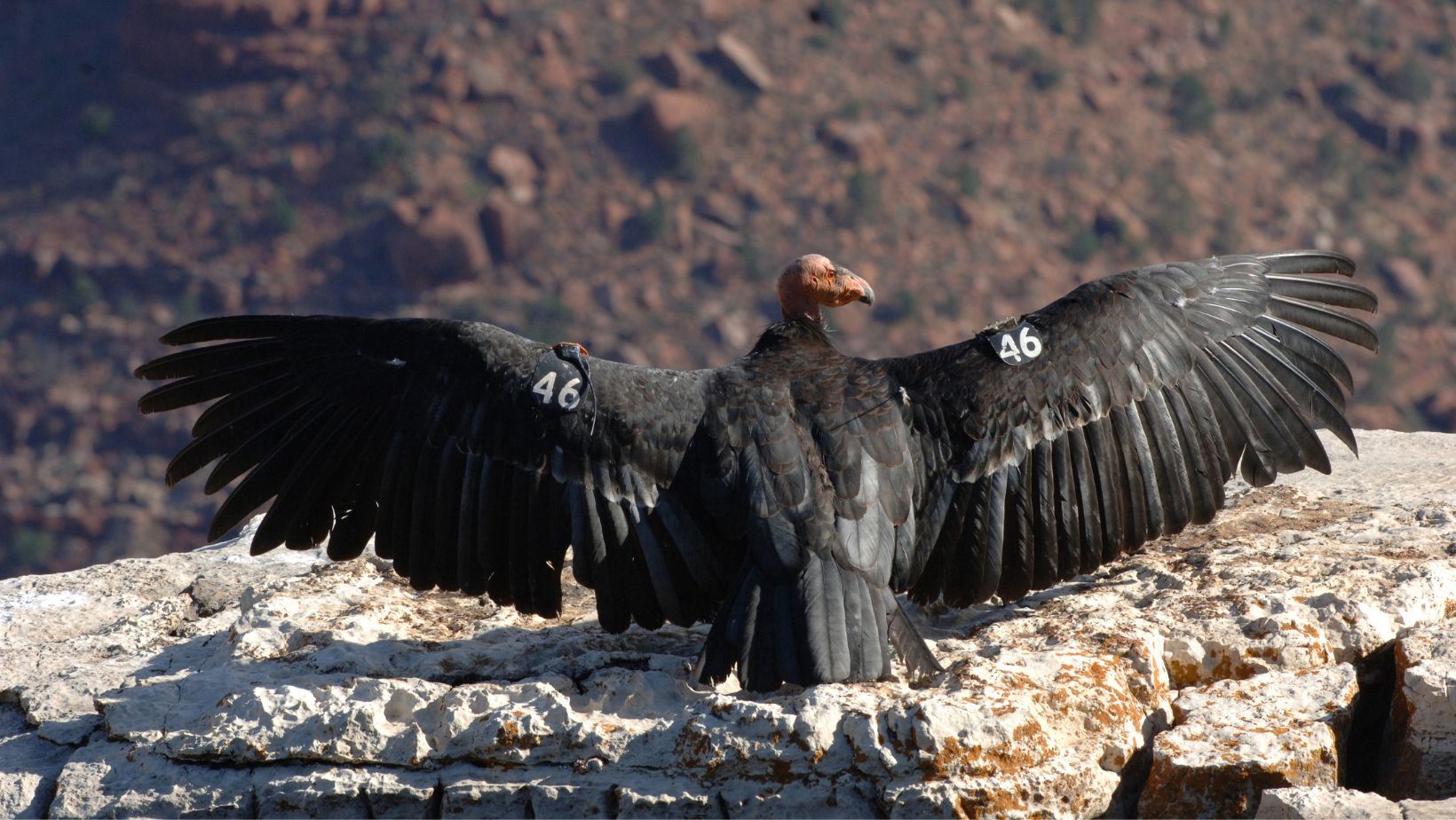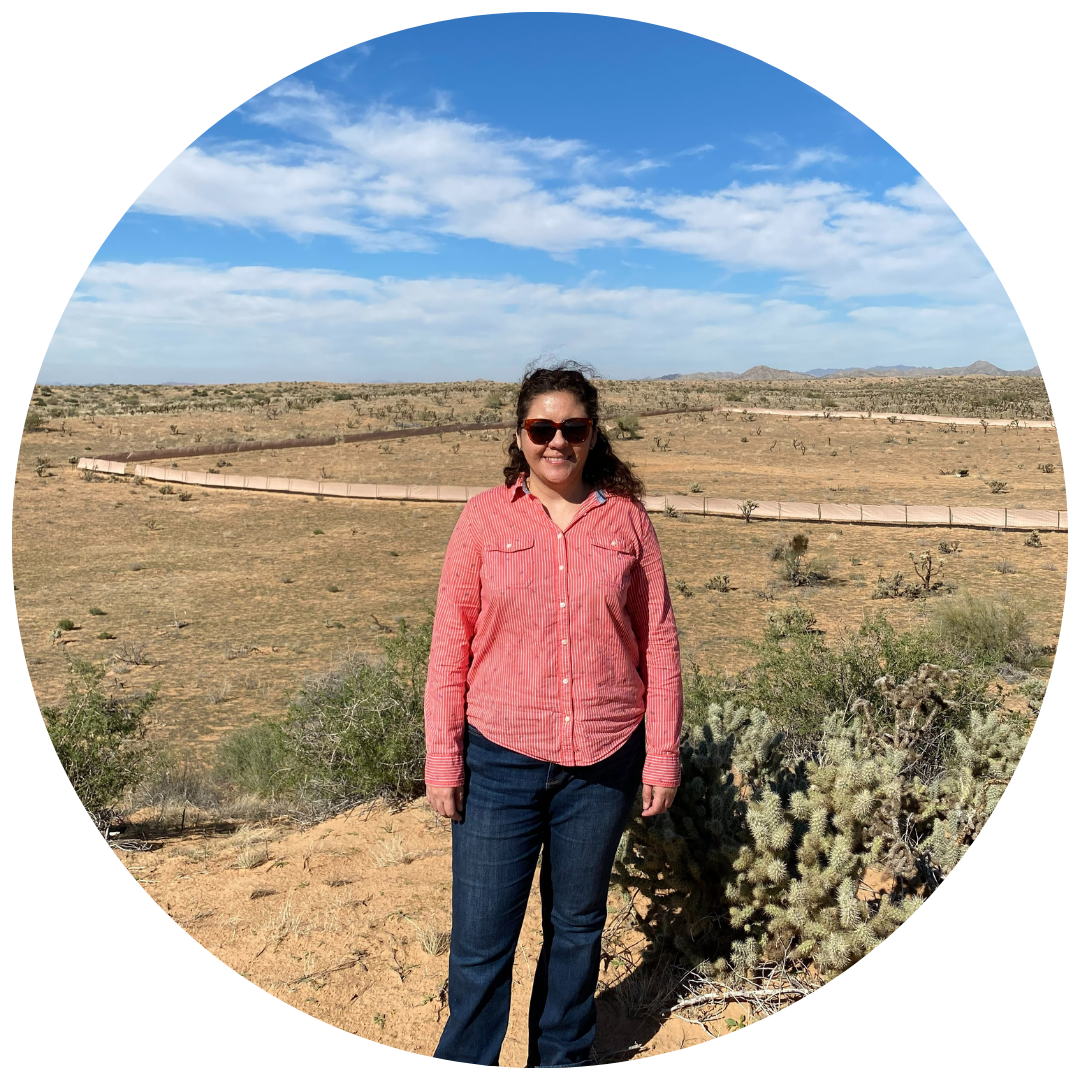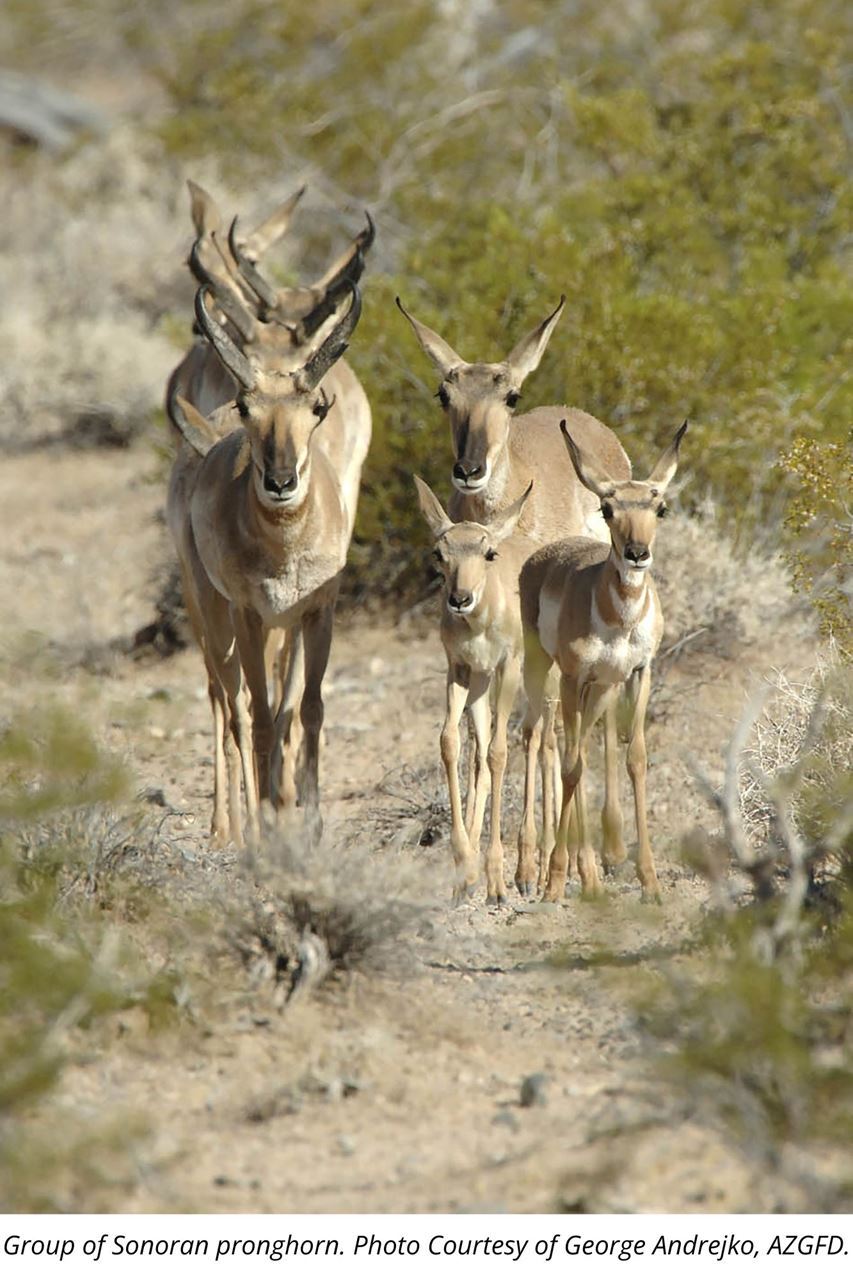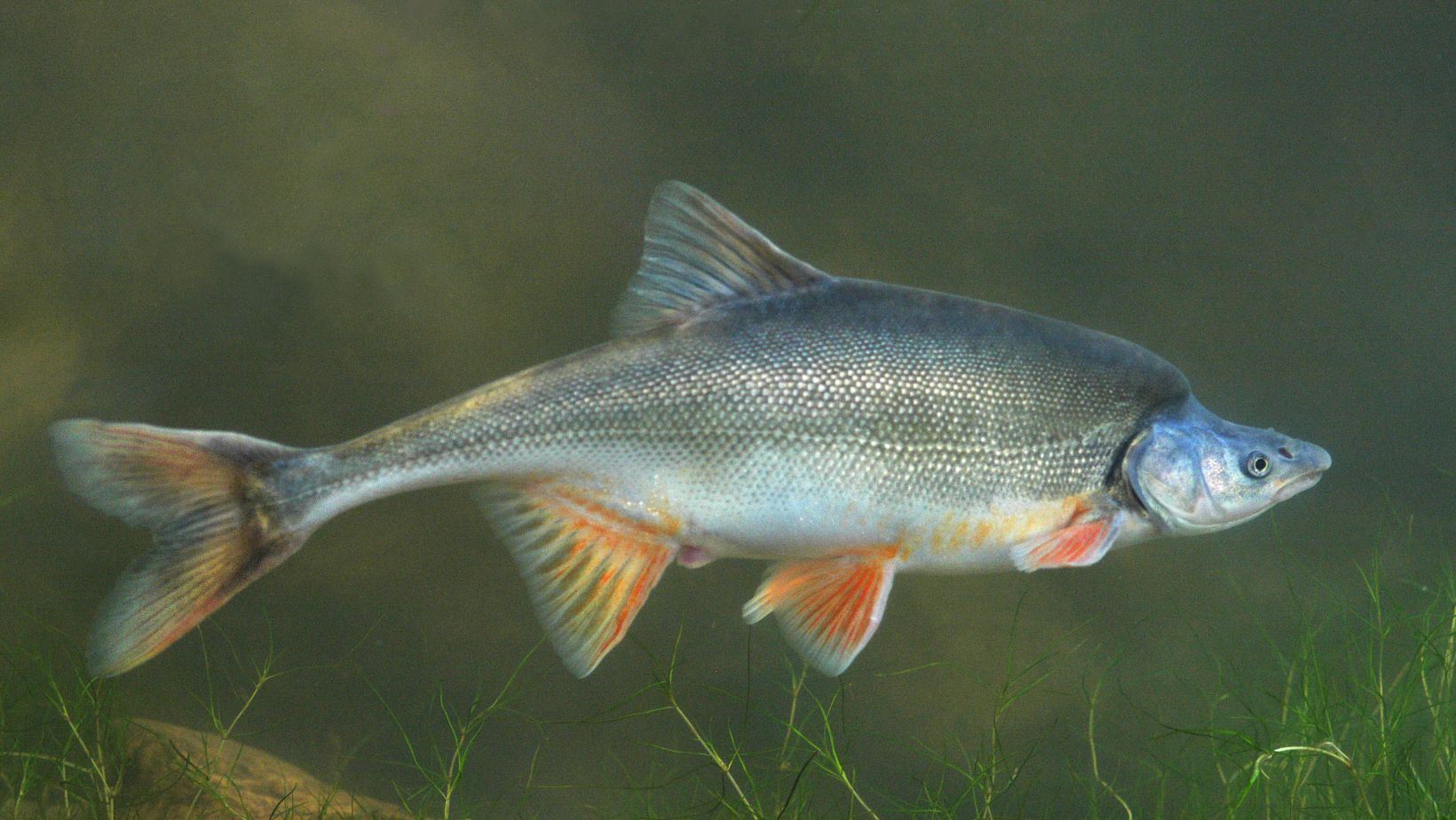
California condor spreading its wings. Photo Courtesy of George Andrejko, AZGFD.

Author: Cynthia Soria, State Wildlife Action Plan Coordinator, Arizona Game and Fish Department (AZGFD)
Cynthia Soria is the State Wildlife Action Plan (SWAP) Coordinator for AZGFD. Cynthia joined the Department in 2014 as a wildlife specialist in the International and Borderlands Program where she collaborated with colleagues on a variety of projects aimed at the binational conservation of shared species. In her current position as SWAP Coordinator, she continues to collaborate with colleagues in the planning and coordination of wildlife conservation strategies. Cynthia is from - Ambos Nogales - as Nogalians affectionately call their neck of the woods along the U.S.-Mexico borderlands.
Did you know that every State in the U.S. has a State Wildlife Action Plan (SWAP)? State Wildlife Action Plans are 10-year strategic plans required by Congress to receive funding under the State and Tribal Wildlife Grants Program — created in 2000 — which annually distributes funds to States for the conservation and management of state-determined Species of Greatest Conservation Need (SGCNs). State Wildlife Action Plans prioritize nongame SGCNs. There are other well-established funding mechanisms for the management of game species, such as the Wildlife Restoration Act of 1937 and the Sport Fish Restoration Act of 1950, better known as the Pittman-Roberston and Dingell-Johnson Acts. SWAPs are non-regulatory blueprints that not only identify Species of Greatest Conservation Need in each state but also identify threats and conservation actions that can benefit these species and their habitats with the ultimate goal of keeping common species common to avert extinction.

The State of Arizona is a biodiverse state with more than 800 native wildlife species; it ranks third in the nation for the number of native bird species, second for reptiles, fifth for mammals, and eighth for overall vertebrate diversity. The Arizona Game and Fish Department (AZGFD, also referred to as The Department) is the lead agency responsible for these 800+ wildlife species and for developing Arizona’s SWAP. Arizona’s first SWAP was finalized in 2005, and the second iteration was finalized earlier than the 10-year deadline, in 2012. Even though the AZGFD leads the effort in the development and revision of each SWAP, each new iteration involves coordination and input from the general public as well as numerous experts from other state and federal agencies, wildlife conservation organizations, Native American Tribes, local governments, and other stakeholders.
Arizona’s SWAP was most recently revised and approved by the U.S. Fish and Wildlife Service in 2022. Arizona’s SWAP is now called the Arizona Wildlife Conservation Strategy (AWCS). The most recent revision process resulted in many improvements and updates, including an updated SGCN list in which 551 amphibians, birds, fish, invertebrates, mammals, and reptiles ranging from threatened and endangered species to more common and widespread species were identified. This list includes species such as the American kestrel with a statewide distribution, the Quitobaquito tryonia — a tiny springsnail only found at Organ Pipe Cactus National Monument, as well as another Sonoran desert-dwelling species — the Sonoran pronghorn. Identifying SGCNs helps the Department prioritize conservation actions to benefit wildlife and their habitats.
Another major improvement to the AWCS is the availability of a user-friendly, interactive website that can be accessed via this link: awcs.azgfd.com. Unlike previous versions of Arizona’s SWAP, the AWCS creates a fully interactive web-based version of our long-term conservation strategy in which the public can access tools and information about SGCNs, including habitat suitability models in the form of maps, detailed habitat profiles, learn about threats and conservation actions for Arizona’s wildlife and their habitats, and get familiar with Conservation Opportunity Areas (COAs).

The humpback chub, another Species of Greatest Conservation Need. Photo Courtesy of George Andrejko, AZGFD.
Conservation Opportunity Areas (COAs) are specific, non-regulatory areas on the landscape that were identified as areas of priority for conservation where implemented conservation actions would benefit the most species on the SGCN list. The Department identified 117 terrestrial COAs and 304 aquatic COAs. Within each COA, the Department identified ‘strategy species’, which refer to SGCN and other important wildlife that occur within COAs. Specific threats to these species and habitats were also identified in addition to specific conservation actions that can be taken to reduce and remedy these threats. Finally, and no less importantly, COAs offer a roadmap that conservation partners can utilize to prioritize and guide the implementation of conservation actions and/or incorporate into their planning efforts and conservation priorities.
We invite all Arizonans to visit the AWCS website (awcs.azgfd.com) to learn more about Arizona’s State Wildlife Action Plan and to explore ways to collaborate to keep common species common for current and future generations.
.png)